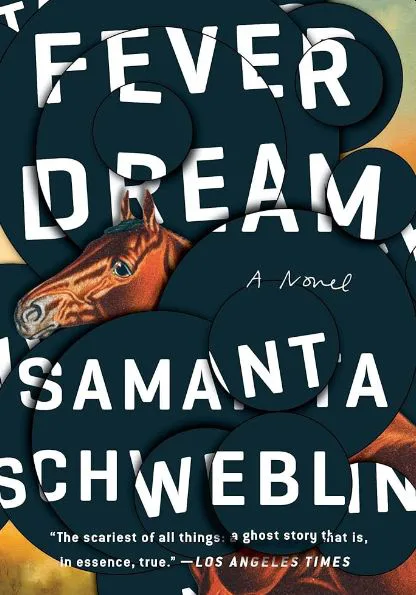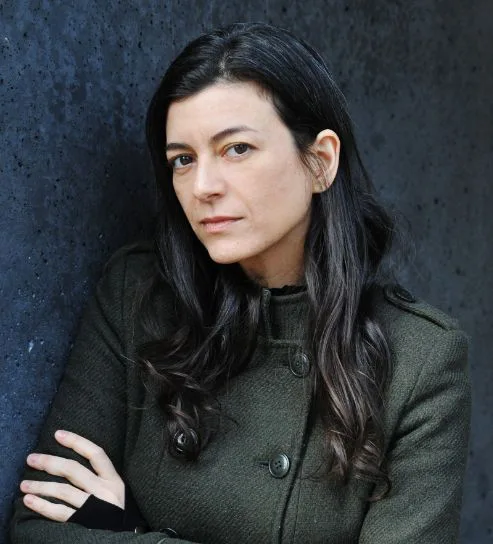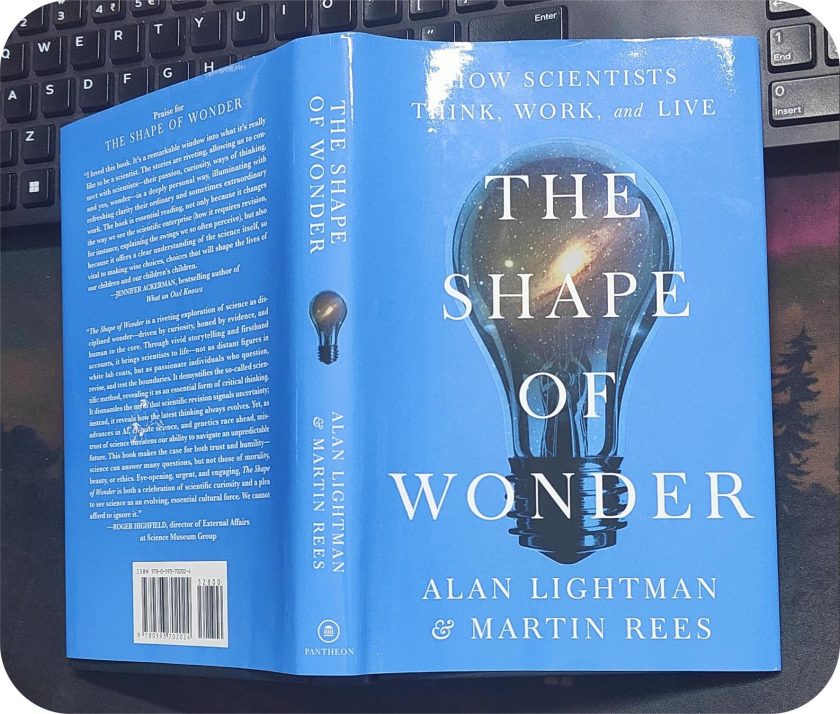
Just wrapped up with “Fever Dream”, the shortest one (120 pages) I’ve picked up in a while. However, it is real rollercoaster ride. The book is written by Samanta Schweblin. Born in 1978, Schweblin is an Argentine author. Through her psychological thriller novel “Fever Dream” (“Distancia de Rescate” in Spanish), she gained global recognition. Additionally, this book was shortlisted for the Man Booker International Prize in 2017.
“Fever Dream” is an exploration of motherhood, her struggle during dementia, where she is trying to figure out life, which happens to be in dystopian setting (at least for us). The overall narration is in the form of disorientating conversations, a similar treatment was seen in Timequake by Kurt Vonnegut.
The ecological angle put by the author is quite interesting. Not to miss the style of writing is super impressive. I would surely like to read more from the author’s vault.
The Plot
Amanda, the protagonist, is lying on her deathbed, she has no idea how she got there. Suddenly, she has this surreal experience where she starts hallucinating. In this strange vision, a mysterious boy appears, acting as her guide through recent memories. Together, they unravel the mystery behind her illness, pinpointing the “dew” she and her daughter were exposed to as the culprit.
As Amanda connects the dots with the boy’s help, she recalls various missed clues that now make sense to her:
- Carla’s warning about the water,
- encounters with deformed kids,
- peculiar oil drums, and
- the eerie stories told by a witch doctor.
In and out of consciousness, Amanda becomes aware of the contamination that’s wreaking havoc on everything around her.
The revelation hits her hard, and she realizes she’s been hallucinating. Later, David explains,
“It’s the worms. You have to be patient and wait. And while we wait, we have to find the exact moment when the worms come into being . . . It’s very important, it’s very important for us all.”
Meanwhile, she learns that Carla (the mother of David) took her daughter Nina to the witch doctor. Amanda’s perception blurs between reality and hallucination, challenging her previous beliefs about safety. In a heartfelt conversation with David, she confides that she feels ensnared within her memories. She describes it as if she can vividly “see the story” but struggles at times to propel herself forward. She openly acknowledges that she senses the impending reality of her imminent demise.
In the midst of deep hallucinations, she also envisions a powerful scenario where Nina and David swap places. This could shed light on the invisible environmental danger they have been exposed to. The story takes a poignant turn as Amanda contemplates how humans often overlook environmental patterns until it’s too late.
As the tale concludes, Amanda imagines her husband missing the same clues she did. Thus, underlining the tendency of humans to neglect environmental warning signs.
Another Interpretation
The book can be read with so many different versions. One of them could be, a story of about a woman and her daughter getting poisoned in a contaminated rural area. And as a consequence of which, the woman starts experiencing a fever dream. Her acquaintance Carla’s son also develops some impairment in brain due to the same intoxication and subsequent high fever.
It is through Amanda’s dialogues we find that she is subconsciously trying to piece the whole puzzle together.

Takeaway
Although, the entire book has this tone of hallucination, yet I feel the ending is more like a revelation than delusion. The future is envisioned as bleak. It emphasizes the seriousness of the situation and the lack of resolution in addressing the environmental toxin. Every genre, has great writers and Samanta Schweblin would surely be on the list of “top great gothic writers”.
The intensity and the bizarre journey, compels me to re-read this book. I’m sure more motifs might spring up from my second read. Slightly unsettling but surely deserves a read due to its ambiguous goings-on. Highly recommend to those who, like me, enjoy reading cerebral books 🙂



